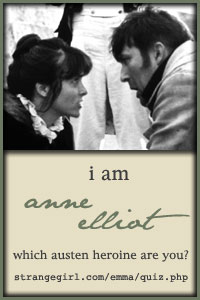I was thinking this week
how different musical instruments (or even different recordings of the same
instrument) have, for me, different colors. Old horns are a chocolatey brown, the flutes appropriately
silvery, violas a kind of amber (with late afternoon light or lamplight
gleaming on their lemon-burnished grainy wood). Certain orchestral recordings have a pinkish tinge, or a
yellowish, compared with others.
And I remembered Vladimir
Nabokov writing (so much better than I can!) about his experiences with color.
" The long a of the
English alphabet (and it is this alphabet I have in mind farther on unless
otherwise stated) has for me the tint of weathered wood, but a French a evokes
polished ebony. This black group also includes hard g (vulcanized rubber) and r
(a sooty rag bag being ripped). Oatmeal n, noodle-limp l, and the ivory-backed
hand mirror of o take care of the whites. I am puzzled by my French on which I
see as the brimming tension-surface of alcohol in a small glass. Passing on to
the blue group, there is steely x, thundercloud z, and huckleberry k. Since a
subtle interaction exists between sound and shape, I see q as browner than k,
while s is not the light blue of c, but a curious mixture of azure and
mother-of-pearl. Adjacent tints do not merge, and diphthongs do not have
special colors of their own, unless represented by a single character in some
other language (thus the fluffy-gray, three-stemmed Russian letter that stands
for sh [Ш], a letter as old as the rushes of the Nile, influences its English
representation).
" ... In the green group, there are alder-leaf f, the unripe
apple of p, and pistachio t. Dull green, combined somehow with violet, is the
best I can do for w. The yellows comprise various e's and i's, creamy d,
bright-golden y, and u, whose alphabetical value I can express only by 'brassy
with an olive sheen.' In the brown group, there are the rich rubbery tone of
soft g, paler j, and the drab shoelace of h.
"Finally, among the reds, b has the
tone called burnt sienna by painters, m is a fold of pink flannel, and today I
have at last perfectly matched v with 'Rose Quartz' in Maerz and Paul's
Dictionary of Color. The word for rainbow, a primary, but decidedly muddy,
rainbow, is in my private language the hardly pronounceable: kzspygv."
(Speak
Memory)
This
is synesthesia, when the senses get mixed up—sometimes with such wonderful
results.
There’s a longer discussion
with Nabokov about the phenomenon here.
image: Marc Chagall, The Red Horse. I Require Art (“In
our life there is a single color, as on an artist palette which provides the
meaning of life and art. It is the color of love.” —Marc Chagall)




















i THOUGHT that was Chagall. i like him.
ReplyDeletethank you for the new word and its meaning.
i had no idea.
fascinating concept. xo
What an nice title.
ReplyDeleteI'm not sure instruments remind me of colors, but it's true that all arts involve a synesthesia of senses!
Maybe I could say that piano is a black and white instrument to me.